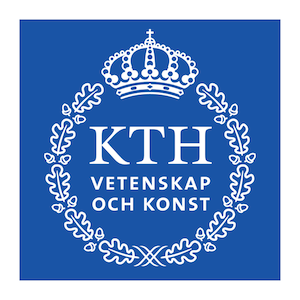

When: 24 February, 2022, 17:00-18:30 UTC+1.
Recording: First talk, second talk, third talk, fourth talk.
Abstract: This session will be divided into four talks.
First speaker: Parvaneh Joharinad
Title: How can one determine the curvature of data and how does it help to derive the salient structural features of a data set?
Abstract: After determining the appropriate model to represent data, the next step is to derive the salient structural features of data based on the tools available in that specific mathematical model. While in topological data analysis the objective is to extract quantitative features, the shape of data, geometric data analysis mainly deals with quantitative features of data. For instance, the prominent scheme of manifold learning is applied to find the comparatively low dimensional Riemannian manifold on which the data set fits best. It then raises the question of whether one can anticipate some geometric properties from initial model before finding this manifold structure.
The most important quantitative measures that in a good extent reveal the geometry of a Riemannian manifold are its (sectional and Ricci) curvatures. Although, these quantities were originally defined infinitesimally through certain combinations of second and first derivatives of the Riemannian metric tensor, there is a way to define either these quantities themselves or a (lower or upper) bound for them that no longer need derivatives for their evaluation and is therefore generalizable to metric spaces.
The aim of this presentation is to briefly present these generalized curvatures and see which kind of relations between data points each of them evaluate and what kind of information they reveal.
Second speaker: Leo Torres
Title: Non-backtracking cycles and the length spectrum of graphs
Abstract: This talk will explore the relationship between the fundamental group, the length spectrum, and the non-backtracking cycles of a graph. A rigidity theorem says that the length spectrum determines the graph up to isomorphism. Based on this result, we develop a spectral algorithm to compare two graphs. We apply this algorithm to complex networks built from real-life data.
Third Speaker: Marina Garrote López
Title: Semi-algebraic phylogenetic reconstruction
Abstract: Phylogenetics studies the evolutionary history of species on our planet. The evolution of species can be represented in a phylogenetic tree in which the leaves represent the current species and the interior nodes represent their common ancestors. This study is based on the genome of species and it applies not only to the study of evolutionary relationships among organisms that host genes, but also to the study of genes themselves, making phylogenetics a useful tool to determine the origin of pathogens or for the traceability of cancer cells, among other applications.
To model evolution, DNA sequences are often assumed to evolve according to a Markov process in a phylogenetic tree governed by a model of nucleotide substitutions. These processes can be viewed as polynomial maps in terms of the substitution parameters and the study of these maps and the algebraic varieties parameterized by them can be used to reconstruct phylogenetic trees. In this talk we will also see that the addition of semi-algebraic conditions that characterize those biologically meaningful points in the varieties can improve phylogenetic reconstruction methods. Finally, we will present results of new phylogenetic reconstruction methods on real and simulated data.
Fourth Speaker: Anna-Laura Sattelberger
Title: Algebraic Tools for Topological Data Analysis in a Multiparameter Setting
Abstract: Topological data analysis investigates data by topological methods. The main tool is persistent homology. In the one-parameter case, persistence modules naturally are graded modules over the univariate polynomial ring and hence perfectly understood from an algebraic point of view. By a classical structure theorem, one associates the so-called “barcode”, from which one reads topological features of the data.
Generalizing persistent homology to a multivariate setting allows for the extraction of finer information from data, but its algebraic properties are more subtle. In this talk, I introduce and discuss the shift-dimension. This is a stable invariant of multipersistence modules obtained as the hierarchical stabilization of a classical invariant. This talk is based on recent work with Wojciech Chachólski and René Corbet.

